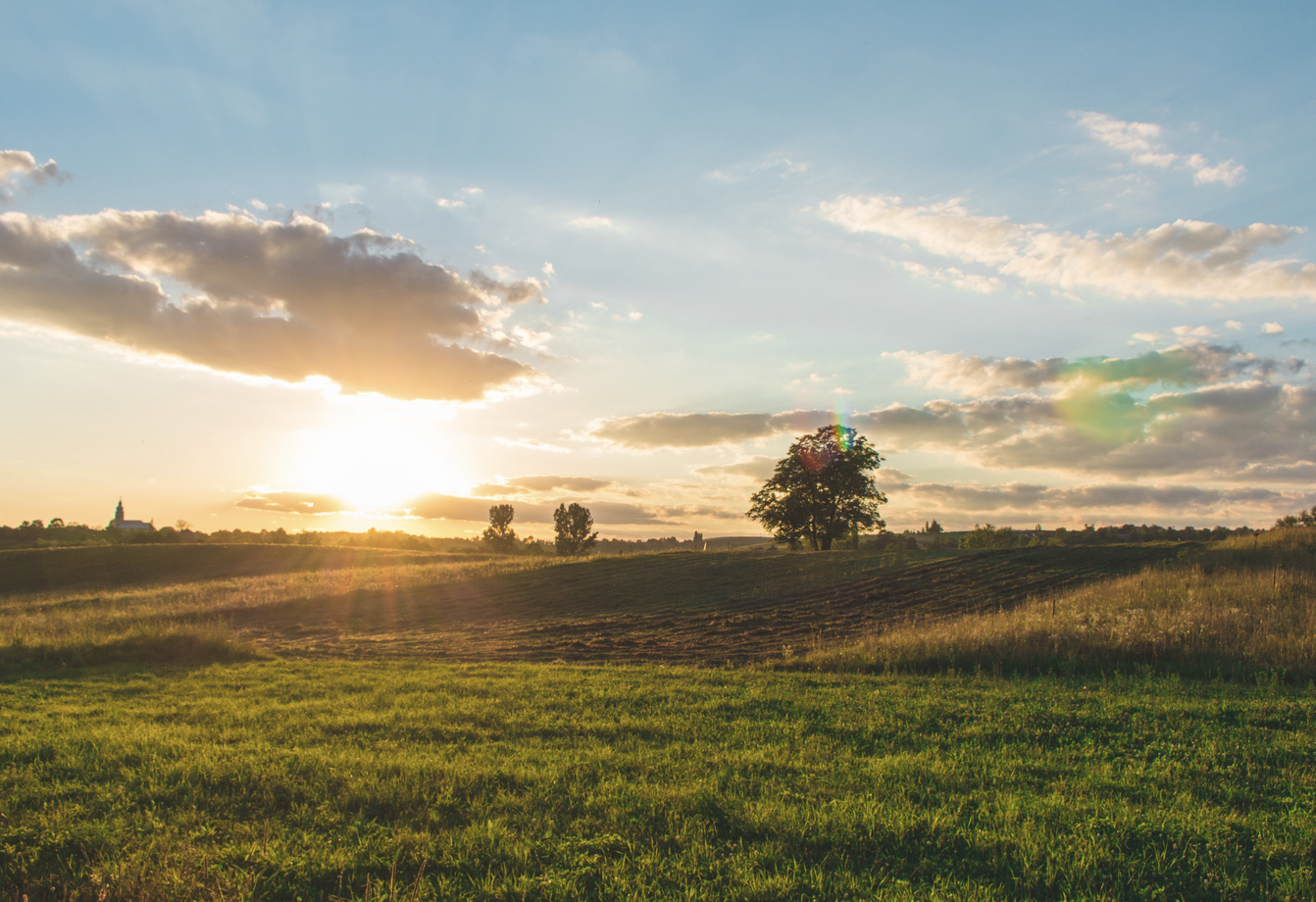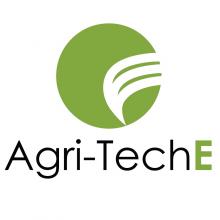This can include a wide range of activities, such as the development of new crop varieties, the use of precision agriculture technologies, the adoption of sustainable farming practices, and the application of biotechnology to improve crop yields. Innovation in agriculture is crucial for addressing the challenges faced by the sector, such as feeding a growing population, reducing the environmental impact of farming, and adapting to the impacts of climate change. There are many organizations involved in promoting and supporting innovation in agriculture, including government agencies, research institutions, and non-profit organizations.
This summary was written by OpenAI's ChatGPT - if you can do better then please Join and Edit this page.








